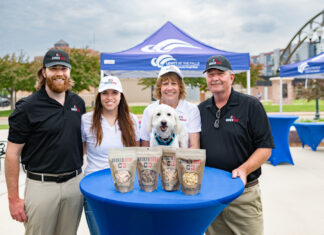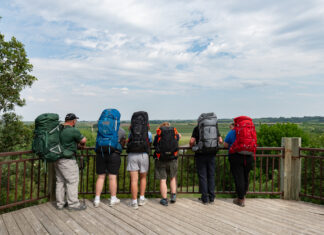Trigger Warning: The following story references topics like self-harm, substance use, and mental health, including PTSD.
“The mental health of our youth is declining,” said Peter Lengkeek, chairman of the Great Crow Creek Sioux Tribe.
Mental health challenges are pervasive across millions of people, and current statistics show that they’re more prevalent than ever on indigenous reservations across South Dakota and the nation at large.
The term Native/Indigenous refers to all groups who lived in the United States prior to immigration by European settlers. In 2021, about 8% of the population in South Dakota was American Indian or Alaskan Native, compared to 1% overall in the United States.
Today, there are 574 federally recognized tribal nations in the country with over 200 Indigenous languages (and many dialects within those languages), according to the National Alliance on Mental Illness (NAMI). Mental Health America’s website currently states that over 19% of Native/ Indigenous people reported having a mental illness in the past year—or otherwise stated—over 827,000 people.
About two-thirds of Native/Indigenous people currently live in urban, suburban, or rural communities, while one- third live on reservations. There are staggering statistics in terms of mental health, like Native/Indigenous people in the U.S. reporting experiencing serious psychological distress 2.5 times more frequently than the general population over a month’s time. Mental Health America reports that Native/Indigenous people in the U.S. also start to use and abuse alcohol and other drugs at younger ages and at higher rates than other ethnic groups.
There are nine distinct Indian reservations in South Dakota. These include Cheyenne River, Crow Creek, Flandreau, Lower Brule, Oglala, Rosebud, Sisseton Wahpeton, Standing Rock, and Yankton. 605 was able to have an open conversation with a few locals on reservations to see how they continue to work toward what is accessible and available to treat some of these important issues—and even more importantly—stay connected to their culture.
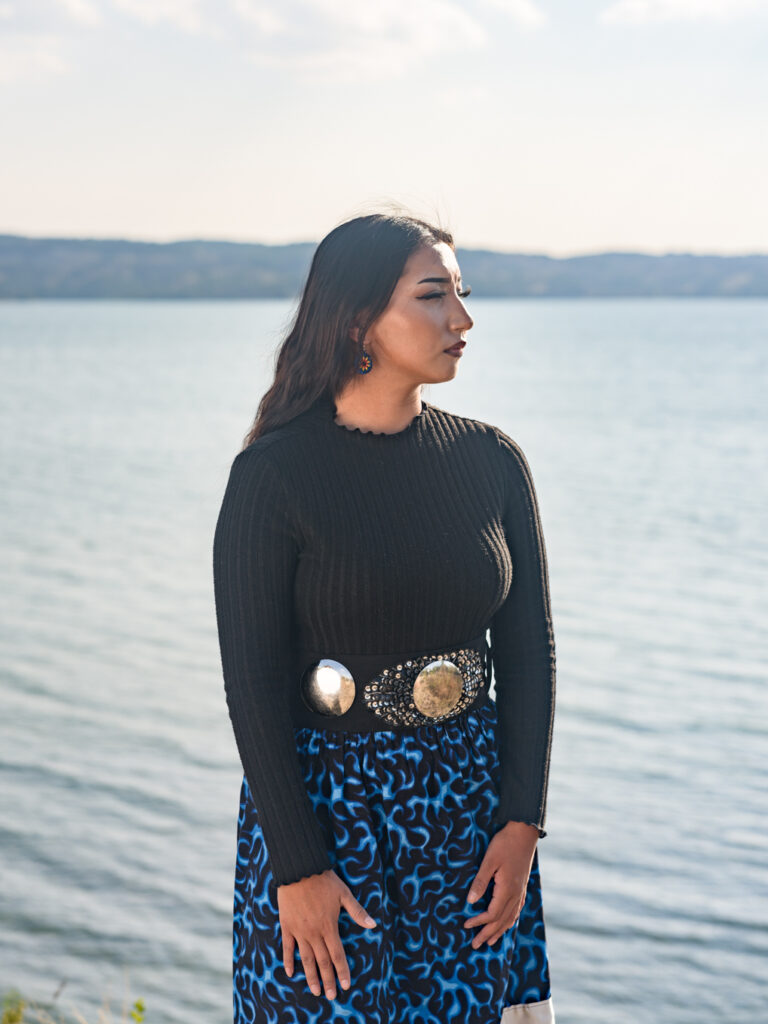

Arliss Long Chase
18, Crow Creek Indian Reservation
Arliss Long Chase grew up with her grandfather, uncle, and four siblings in Crow Creek, and says her parents were absent from their lives. Long Chase’s grandfather, who also has been a foster parent to five families, raised them in “an alcohol and drug-free zone,” and has been in recovery for almost 40 years.
“My grandpa and I didn’t have a good relationship from when I was 12 to when I was 17, so in that time I just kind of resented him and took his wisdom and what he was teaching me for granted,” she said.
Long Chase says she turned to coping mechanisms like alcohol and marijuana.
“From 15 to 17 I tried to drink and use, not just to get back at him in a way, but because I didn’t like who I was and my mental health wasn’t the best at the time,” she continued, “so that played a big part in me using.”
Long Chase remembers her issues with mental health arising around an incident at the age of 11, and turned to self-harm by cutting.
“I started cutting in the bathroom stalls, and if I found a razor I would use it,” she said. “I would steal razors from the store, and once my counselor at school found out about it she let my grandpa know, I was sent to get treatment at Avera [Behavioral Health] in Sioux Falls.”
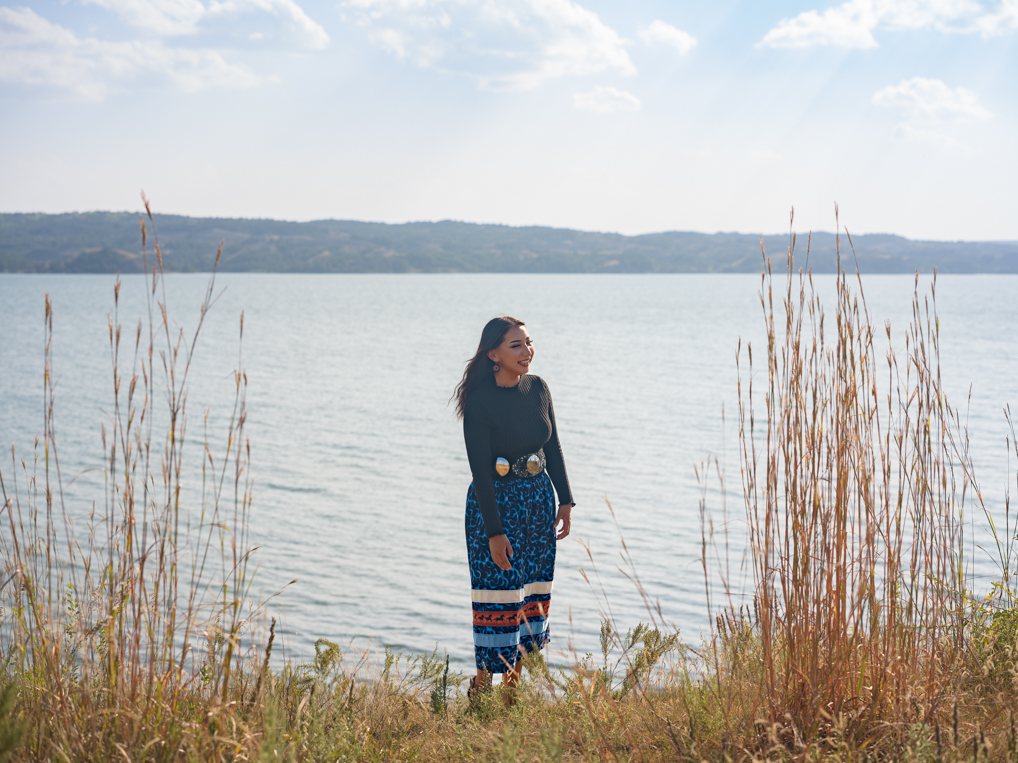
An incident during another self-harm attempt led her to receive treatment at Sanford Chamberlain Medical Center in Chamberlain, and Long Chase says a moment with her aunt that day made an impact on her.
“I still remember it so clearly … She came in and talked to me and told me that, ‘We’d rather hear that you are hurting than have to see you getting lowered into the ground,’” she said. “I think that is something that has really kept me going to this day.”
For years, Long Chase says she would let family members know she was feeling better, only to “tell them what they wanted to hear.”
“I lied to them just to get out of [treatment centers], but toward the end I actually put in the work and realized that I wasn’t going to get better if I kept doing that, and one of these times I wouldn’t wake up and see my family again,” she said.
Long Chase went to treatment over five times, including stints at Prairie St. John’s in Fargo, ND. Though every day is different, Long Chase says she’s learned ways to work through episodes of depression like journaling and going for a walk. When it’s a particularly hard day, Long Chase says she has found dialing 988 as an important resource.
“Now I recognize warning signs before the storm hits, so that’s where I know, ‘I need to text this number and I need to let someone know,’” she said.
“WHEN I WAS GROWING UP, MY FAMILY ALWAYS TAUGHT ME TO BE HUMBLE, GENEROUS, AND GIVING, SO I ALWAYS WANTED TO BE SOMEONE WHO HELPED OTHER PEOPLE, WHETHER THAT WAS A VET, A TEACHER, OR A NURSE. I THINK ONE THING THAT I WANT TO BE NOW IS SOMEONE WHO HELPS THE YOUTH IN RESERVATIONS.”
-ARLISS LONG CHASE
On July 16, 2022, the Helpline Center—which is funded through the South Dakota Department of Social Services—launched 988 to create a three- digit code to “transform the way Americans reach out for mental health and support.”
“The most common reasons or presenting concerns that people have when they call 988 include depression, anxiety, family conflict and suicide,” said Helpline Center CEO Janet Kittams, “but we also hear a whole variety of other things, including substance use, eating disorders, bipolar disorder— you name it we have probably had a call about it.”
The twenty-four-seven call center is staffed by local mental health counselors with advanced degrees
to provide emotional support, including helping a loved one.
“Sometimes we have people who are reaching out for themselves, but we also have some situations where people will reach out for others like family or a friend,” said Kittams. “They just aren’t sure how to help that person, and they want to know what the resources are for them.”
In just the first year, Kittams says they have had over 7,500 contacts via phone call, texts, or chats. Long Chase also has turned to her culture more than before to heal.
“Whenever I told my grandpa that I was self- harming, he let me know that the only time you should ever self-harm is when you are sun dancing or something and that helped,” said Long Chase. “That changed my view on how to see it how my ancestors did.”
The Sun Dance is a ceremony practiced by some Native/Indigenous cultures that involves the community gathering together to pray for healing. Individuals make personal sacrifices on behalf of the community.
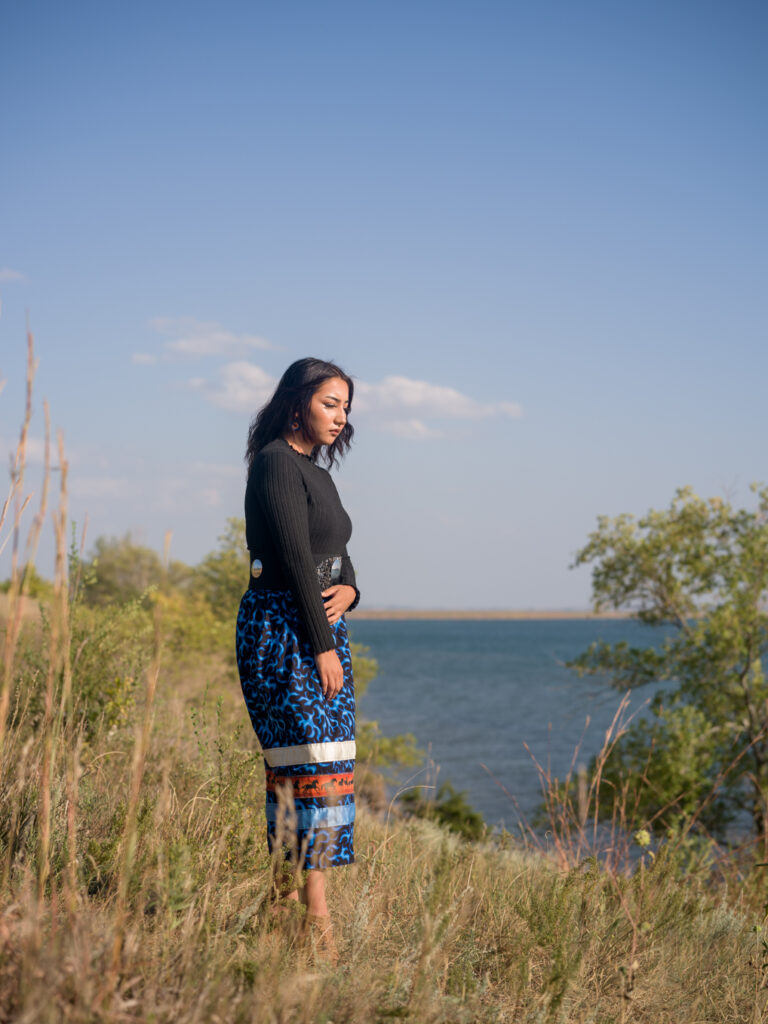
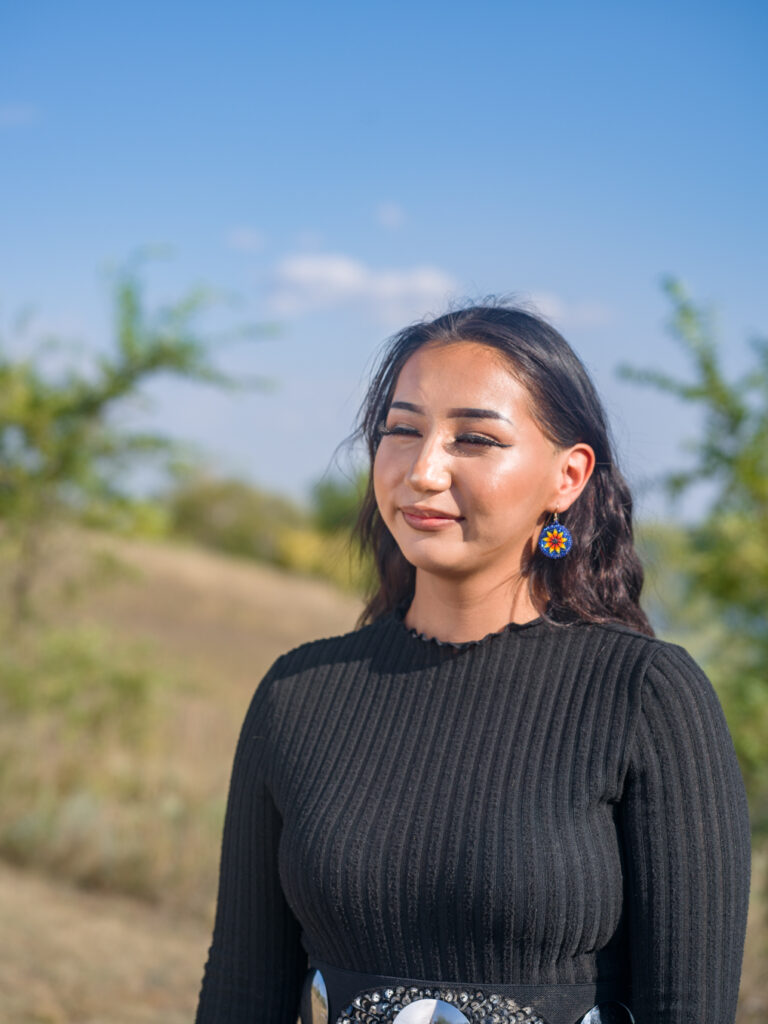
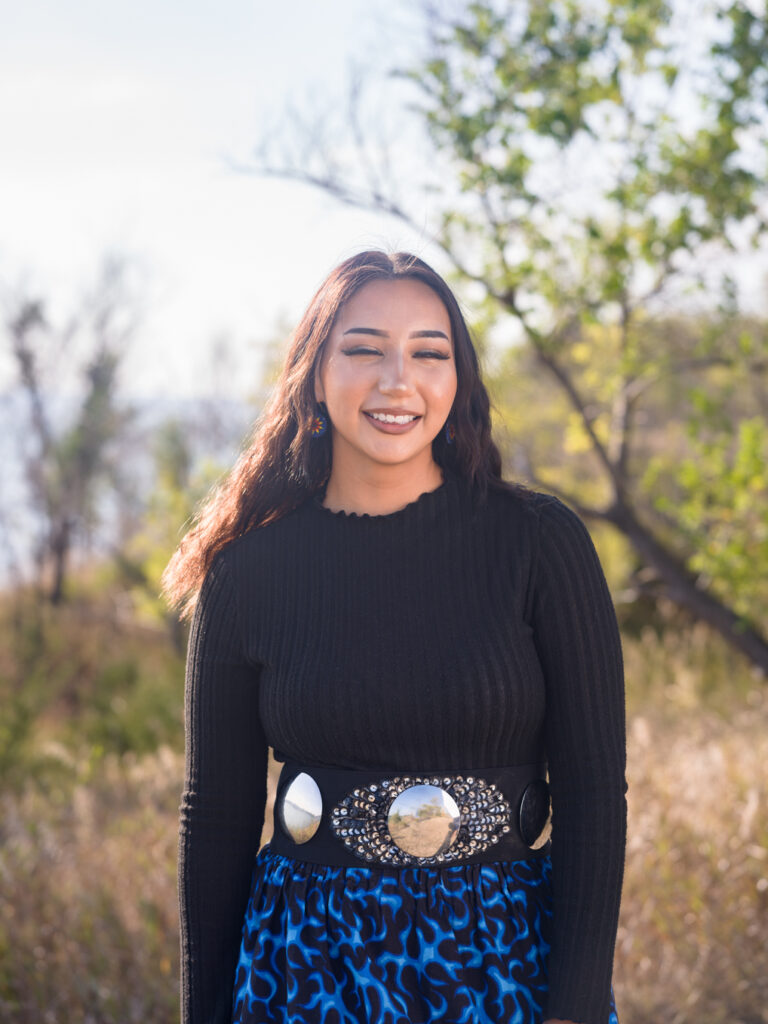
“You never know when you are going to need it for yourself, or a friend, or a family member, and 988 just sort of sticks with you.” -Janet Kittams, Helpline Center
“Another big thing is Saging down if I am in a negative mood,” said Long Chase. “If I ever told my grandpa that I wasn’t feeling the best or I couldn’t go somewhere then he would pull out some sage and say, ‘Come sage down,’ or tell me to pray.”
Saging, or Smudging, is also a common ceremonial ritual among Native/Indigenous people to purify, spiritually cleanse, rid of physical spaces of negative energy, and to bless.
Long Chase now sees a brighter future ahead, and is currently working on her General Educational Development (GED) and hopes to eventually attend Haskell Indian Nations University in Lawrence, KS.
“Things get better. It takes time. You are going to have some really good and some really bad days. It’s best to not focus on how many bad days you’ve had, but how many good days you can have and that are coming to you,” said Long Chase.


Peter Lengkeek
50, Crow Creek Indian Reservation
As chairman of the Great Crow Creek Sioux Tribe, Peter Lengkeek has seen a lot, including the decline of mental health among the youth.
“My current background is chairman of the tribe, but going further back I do have a background in mental health and behavioral health, as well as domestic violence and sexual assault prevention and intervention,” said Lengkeek.
Lengkeek currently sits as a volunteer on the suicide task force in Fort Thompson, and has been doing that for 15 years. He says many factors had contributed to the mental health decline, including what resulted post pandemic.
“We had some parents or guardians who passed away, so we had children who were orphaned due to this pandemic,” said Lengkeek. “What we are seeing is a lot of grief in our youth. We have lost students, parents, guardians, a lot of elders, and that is what I am encountering out there when I go out on these [suicide task force] calls is a lot of grief.”
He continued, “We don’t get those teachings anymore on how to grieve and mourn in a healthy way like we used to from our ancestors long ago. So a lot of people don’t know how to grieve or mourn in a healthy way, because there is a healthy way to do it, and just like anything else, there is a bad way to do it.”
Also due to lack of law enforcement, Lengkeek says methamphetamine and fentanyl have become a large issue.
“Drug dealers and traffickers are coming and going here constantly,” said Lengkeek. “It’s played a huge factor in the mental health of our youth.”
It’s traditions and connection to the culture that Lengkeek says he’s had the most success with.
“I provide people with comfort, love, compassion, prayers, ceremony and song, and that is how I address [mental health],” said Lengkeek. “When I go out on a call, I rely on tradition and culture, and it hasn’t failed me yet.”
The interest of connecting to culture has become more prevalent, and Lengkeek thinks this connection will help others in their healing journey.


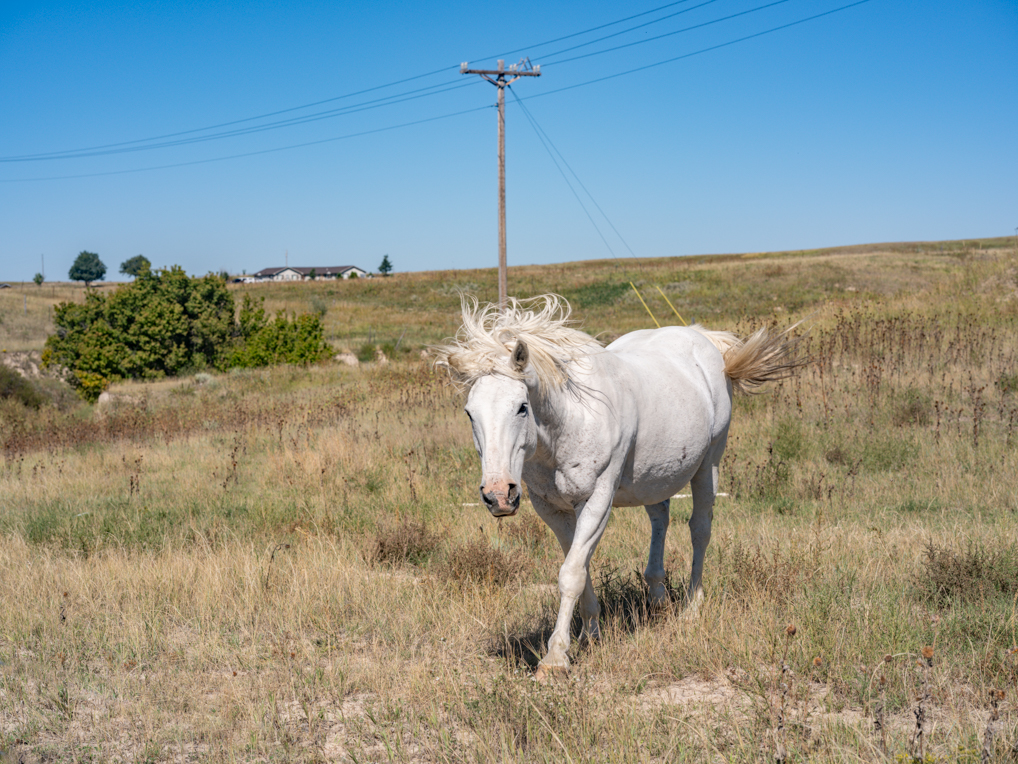
White Buffalo Woman
White Buffalo Woman or White Buffalo Maiden, is a sacred woman of supernatural origin central to Lakota religion as the primary cultural profit.
“When I talk about connection, that was a beautiful thing about our traditions and our culture and our Dakota ways; it provided healthy ways of dealing with life in general, no matter what we encountered,” he explained. “Those ceremonies are brought to us by the White Buffalo Calf Woman. We
are supposed to maintain those and practice those regularly because those ceremonies help us to deal with everyday life.”
Lengkeek realized the importance of this connection himself when he returned from the United States Marine Corp and was struggling with Post Traumatic Stress Disorder (PTSD), addiction, and self-harming thoughts.
“What saved my life was connecting with our culture, our traditions, our language, our way of life. And that is why I am still here today,” he said.
Lengkeek says during a house call, he typically starts with prayer with him “and the creator.” The community and family then follow up to make sure they’re okay, have food, and have a place to stay. Homelessness is also a huge issue, according to Lengkeek.
“That is what I see contributing to the mental health of our youth,” he said. “They have no home, they have no family structure, they have no spiritual or physical connections with the creator, the earth, the universe, our people, or with themselves.”
Along with house calls, Lengkeek also offers equine therapy Wednesday nights for women and Thursday nights for men with his horse, Koda (which in Dakota means friend). This, he says, can teach others how to set healthy boundaries for yourself and for others.
“The way I see and understand things and human beings is that a lack of skills leads to insecurity and insecurity breeds fear,” he described. “We are constantly reacting from a fear base, and it comes out in outbursts, arguments, and fights, so I spent a lot of time with my horse teaching skills, internal skills and external skills.”
As far as the traditional circle, Lengkeek sees it growing, especially with the youth.
“Ancestry is huge; it is a necessity,” he said. “We have to know where we come from to know where we are going in life, and if we don’t know where we come from then we have no idea where we are going.”
INTERNATIONAL SURVIVORS OF SUICIDE LOSS DAY
November 18 is International Survivors of Suicide Loss Day. This event is where survivors of suicide loss come together to find connection, understanding, and hope through shared experiences.
Need to reach out? Look up local resources and organizations, such as dialing, texting, talking to 988 or visiting dss.sd.gov (see resource sidebar on page 97).
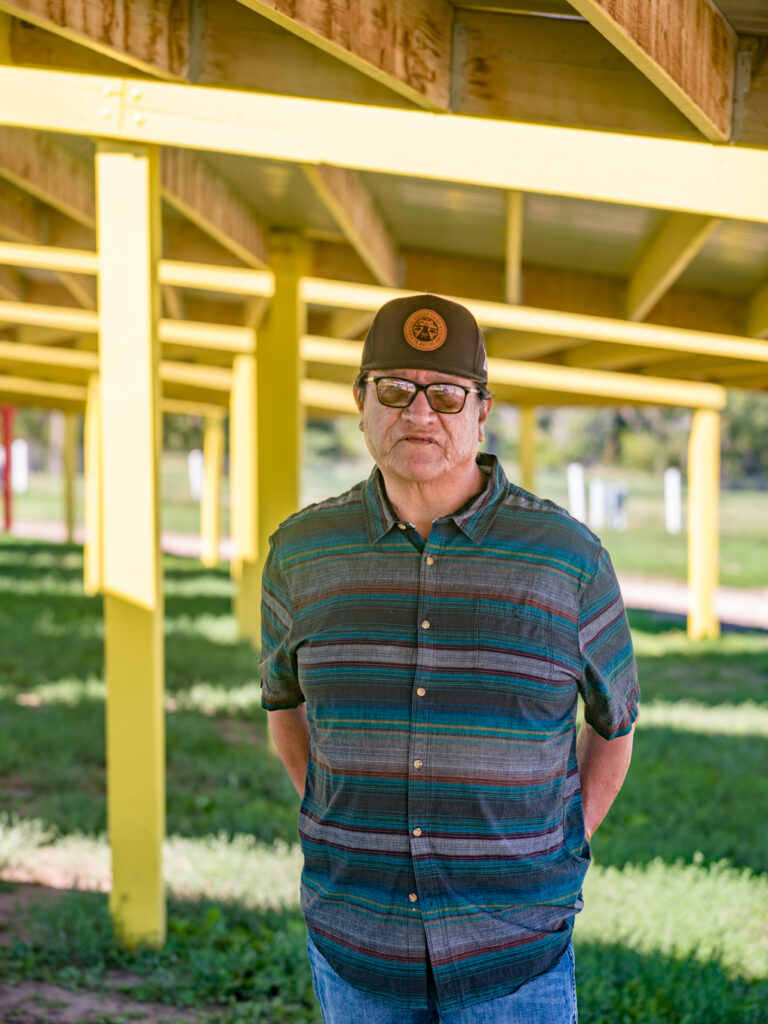
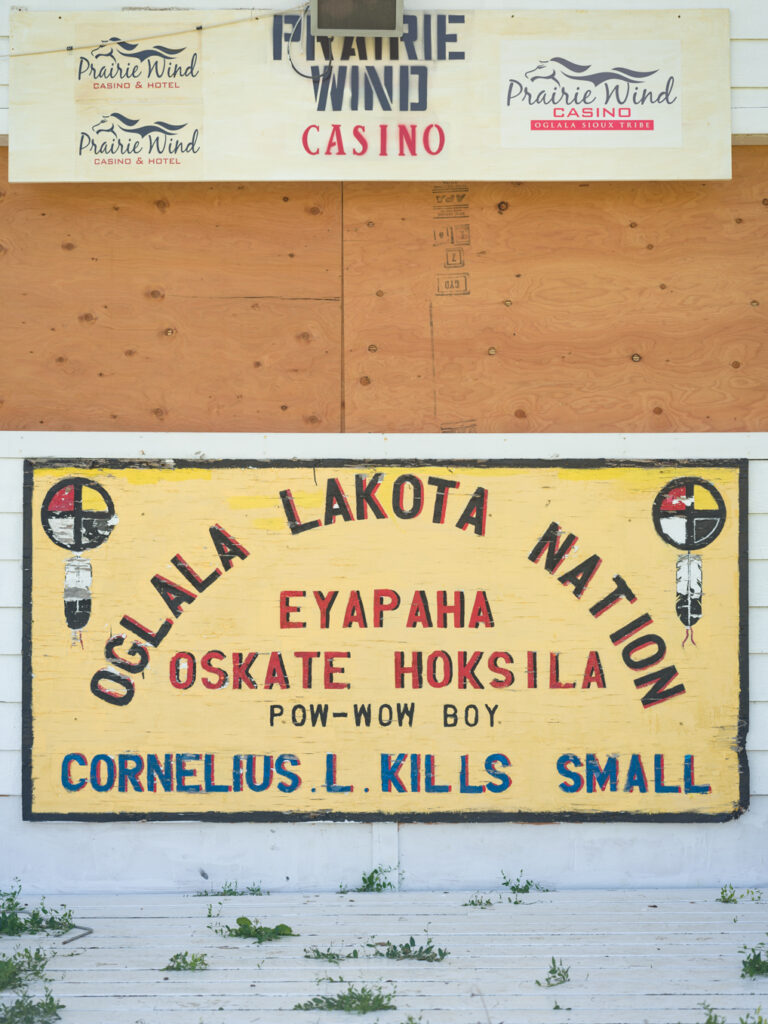
Javan Anthony Ten Fingers
Javan Anthony Ten Fingers, who goes by Tony, grew up on Pine Ridge Indian Reservation in Oglala and received his bachelor’s degree from Oglala Lakota College. Ten Fingers left to continue his education at the University of Hawaii-Manoa to get his master’s degree in public health and community health development, and then traveled the nation as a bureaucrat for Indian Services.
He then went on to receive his certification in drug and alcohol as a treatment specialist and worked at treatment centers, including with substance use and adolescent treatment. Ten Fingers says he’s always had the desire to help people.
“I got into actual treatments [with patients]. I did family systems, individual, group work, and I enjoyed it to a point where people actually sobered up and became clean and drug free,” said Ten Fingers. “I have a number of successful stories, and one travels the world now on a boat and attributes his clean and sober life to going through that program.”
Before retiring, Ten Fingers moved into the teaching world back in Oglala and was a health and wellness counselor for elementary and high school students. Since his upbringing, Ten Fingers says mental health has tended to get “swept under the rug.”


“That is historically how people deal with [mental health],” said Ten Fingers. “Today our primary issues are drug and alcohol related, but we still need to figure out how to deal with it.”
Unfortunately, Ten Fingers says it often takes an occurrence for people to take more notice of mental health and substance use issues.
“Mental health and substance use really took a back seat and people didn’t talk about it too much and don’t talk about it too much until something actually happens,” said Ten Fingers. “Something tragic happens, like a drug related or alcohol related car accident where several lives are lost, and then people start talking about it until it is no longer an issue to them again.”
Resources like Indian Health Services have been helpful for the community, according to Ten Fingers.
“They have a counseling unit that works with people and mental health is addressed in that manner,” he said. “They learn how to talk about it, live with it, and manage it.”
But what Ten Fingers has found is most important for mental health is identity.
“I think identity plays a big role in knowing about yourself and who you are, why you are, what you are, and identity makes up an individual,” said Ten Fingers. “Identity is one of the precursors of living a life that suits a person, and when you have your identity you are more able to actualize or learn and become creative and knowledgeable. There is so much that education cannot teach us.”
Identity, Ten Fingers says, can be discovered by traditions and relating to your culture. He recalled seeing the importance of that as well during his time in Hawaii with the locals.
“You see how they are involved and dance and how it brings back identity,” he recalled.
Ten Fingers says the Pine Ridge community has been showing more interest in their identities and a connection to ancestors, and has noticed examples like young men working with elementary students to teach them how to sing or drum.
“They also play hand games, sing hand game songs, and you see these youth actively participate in cultural activities that seem to provide a groundedness for them,” he said.
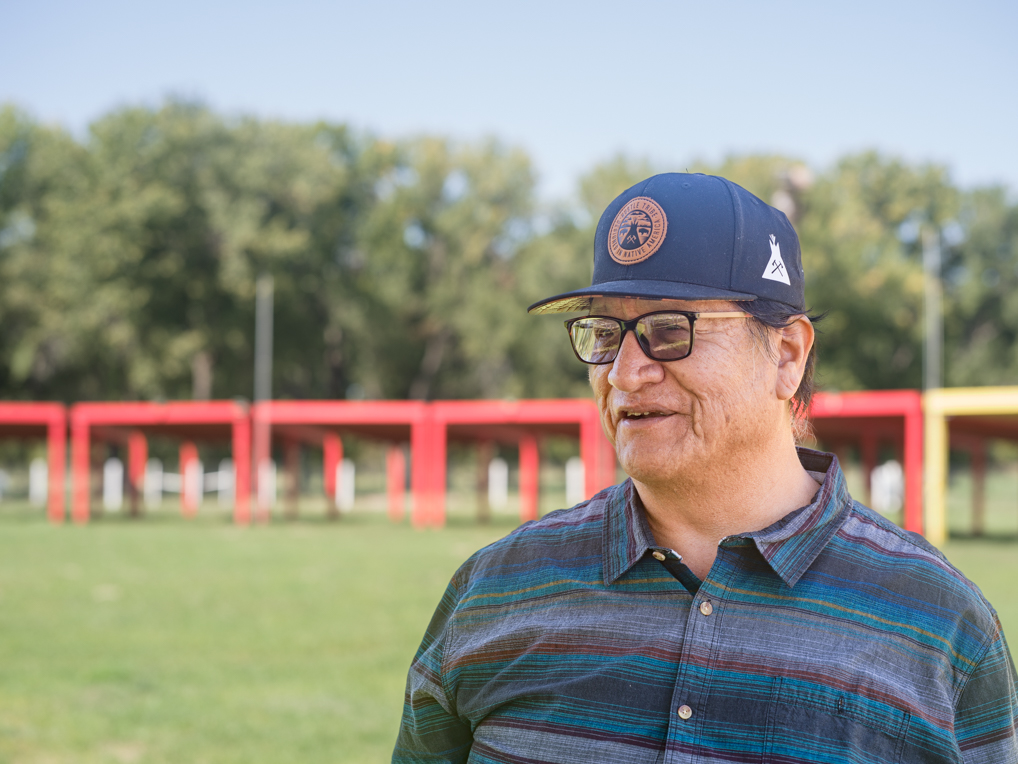
Hand games are one of the most common games of Native/ Indigenous people played by gesture.
“When I was growing up [those traditions] certainly were not there,” Ten Fingers recalled. “We had the Lakota language in elementary school, but back then it wasn’t as big as it is today. Cultural activities are certainly needed and valuable.”
Cultural gatherings are one of the main things that brings Ten Fingers back to where he came from.
“I really enjoy when people have a meal or dance or there is a powwow,” he said. “Even when I was in graduate school, I would come back from Hawaii or wherever I was and go to the ceremonies or Sun Dances, whether it be in Wanblee or Red Shirt. I would go to these sundances to participate in some manner, like drumming, singing, or Sun Dancing.”
He continued, “I danced for a number of years, and each time I went through a Sun Dance it taught me something different. I was more in line to becoming a human being in the world than I was becoming as a graduate student or at the doctoral level. I didn’t get it from the books, and it taught me a whole different way of life that was very valuable that is missing today. You can’t find that anywhere unless you sit down with a great spiritual leader.”
Looking for help for you or someone else, but don’t know where to start?











